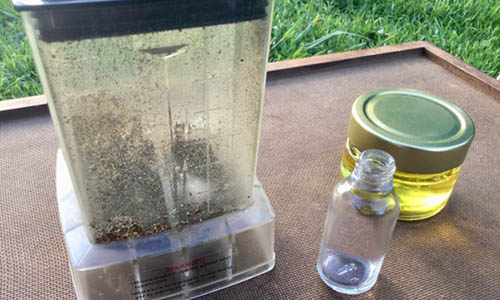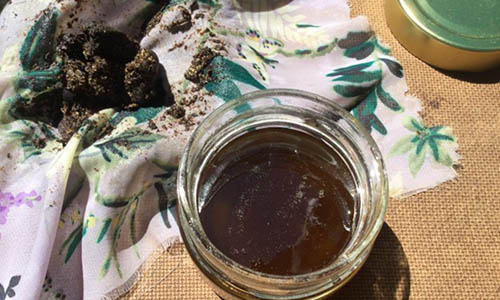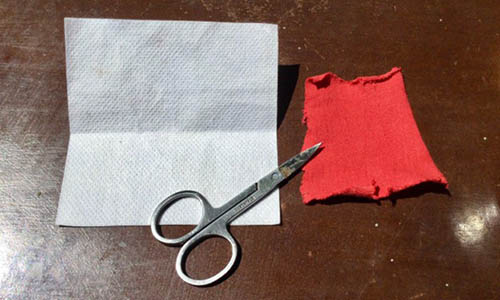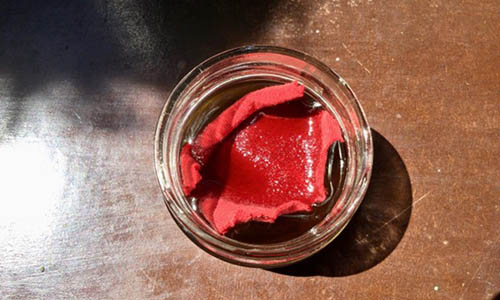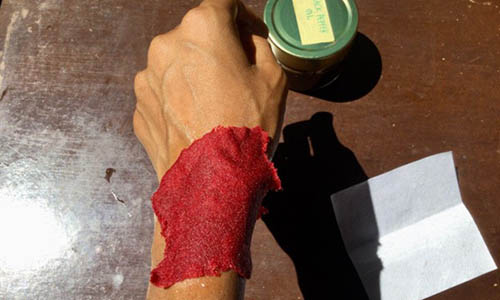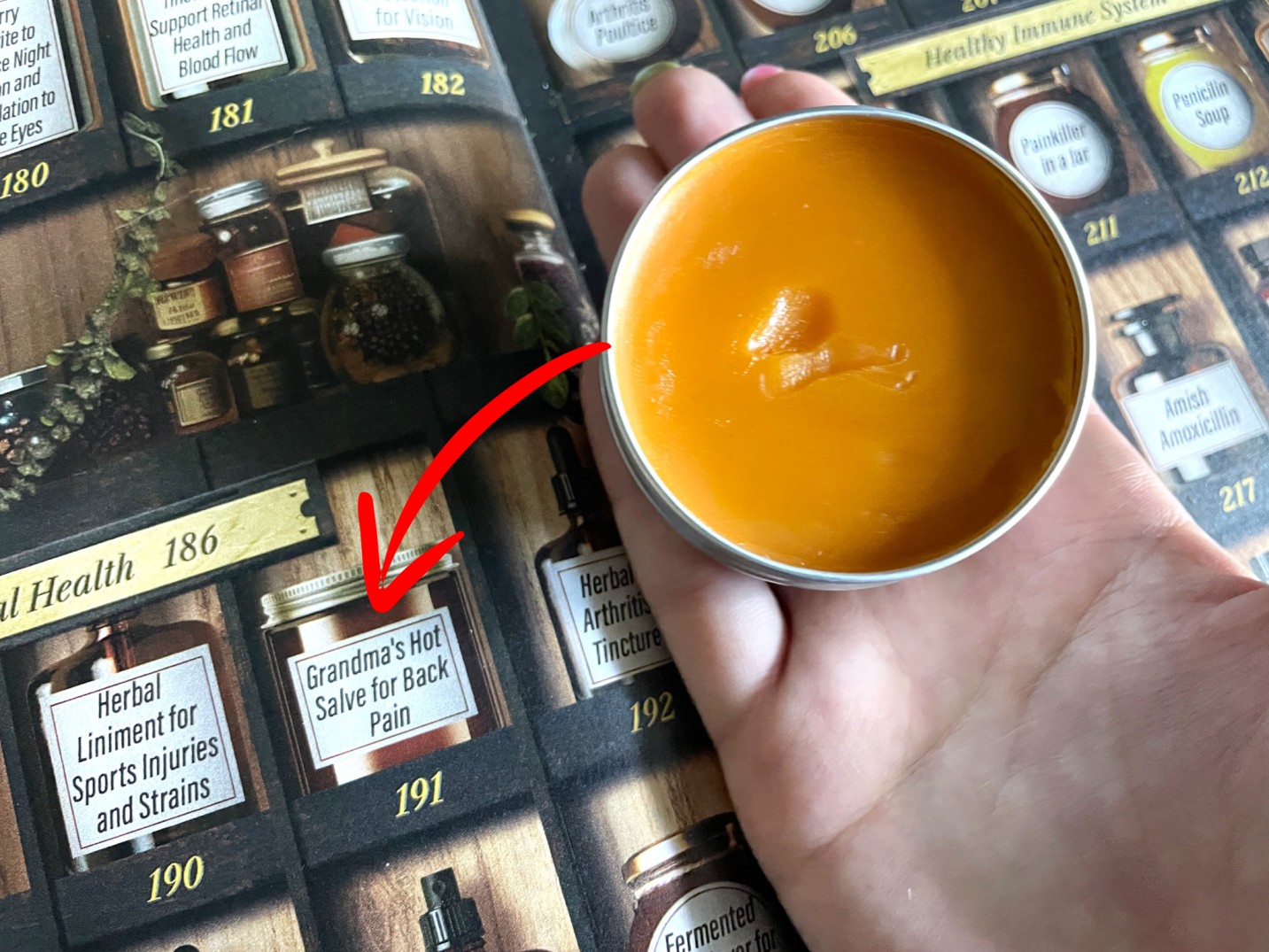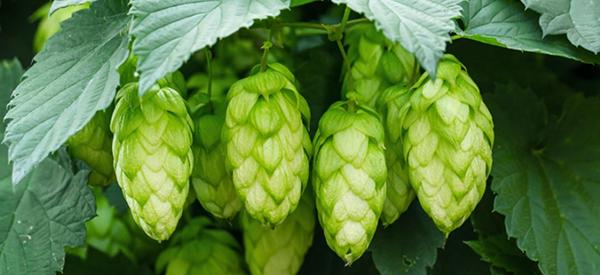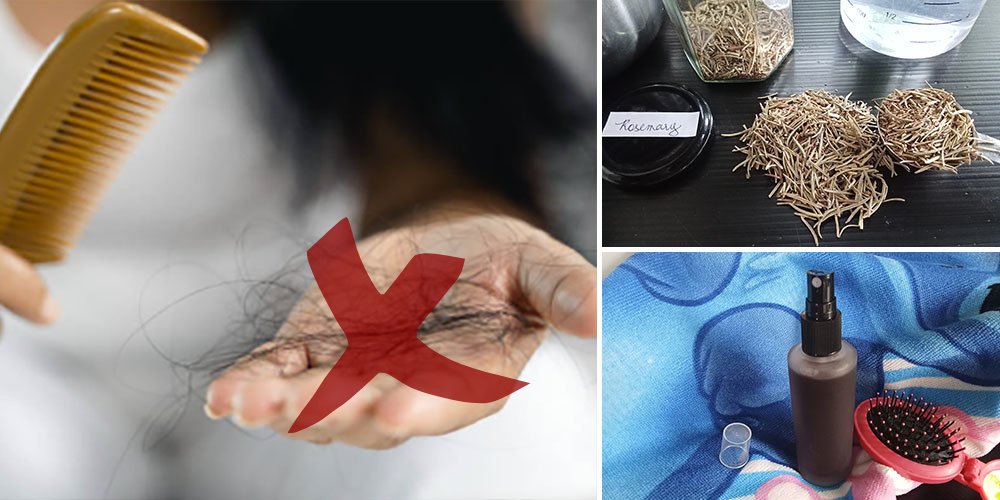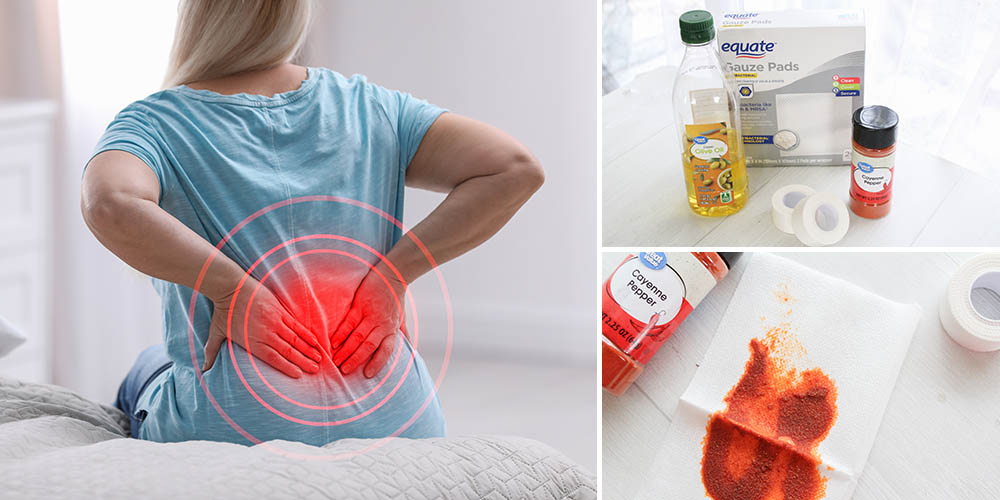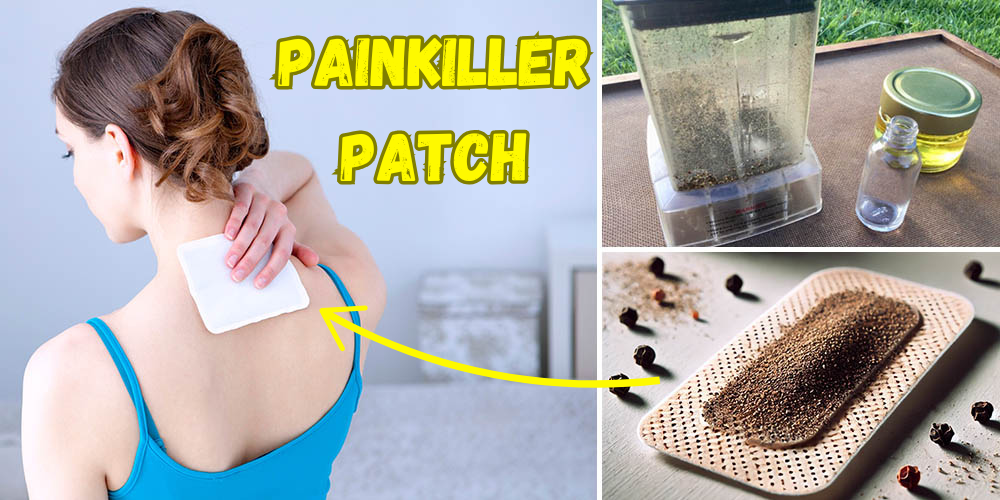
DIY Peppercorn Anti-Inflammatory Patch
If you would like to learn more about the scientifically proven medicinal magic of black pepper and an anti-inflammatory patch recipe with this ingredient then you’re reading the right article. Here, you will receive all the details of how to make a natural homemade patch using simple and easily found ingredients. This DIY Anti-Inflammatory Peppercorn Patch can be ready for use overnight. It is perfect for applying to healing injuries that are struggling with inflammation or as a topical patch to reduce swelling and pain of your inflamed tissues.
You can first take a moment to learn with us about how black peppercorn works for inflammation and then you will find the detailed recipe and step-by-step guidance for making and using your homemade patch.
The proprieties of the DIY Peppercorn Anti-Inflammatory Patch
Black Pepper is a dried ripe fruit and seed of the Piper Nigrum vine. It is a beloved spice and potent medicine that has been used for centuries in traditional herbal medicine knowledges such as TCM and Ayurveda. It has a wide variety of benefits from treating epilepsy, and cognitive health, to increasing the bioavailability of certain other medicinal compounds, and so much more.
Today, you will learn more specifically about its application for treating inflammation. Studies using cell culture have shown that black pepper offers anti-inflammatory properties. Black Pepper can be effective as a natural anti-inflammatory for treating these various types of inflammation and can be used both topically and internally.
The most well-known and researched active compound in peppercorns is Piperine which is an alkaloid that is attributed with powering so many of the benefits that Black Pepper offers including its anti-inflammatory properties.
But here’s the thing—while black pepper can work wonders on inflammation, sometimes the real issue starts with what’s on your plate. I didn’t realize how much certain foods were triggering my pain until I discovered a few simple diet tweaks that made all the difference. If you’re battling chronic inflammation, you might be eating the very things that are making it worse.
Want to know the top foods that fight inflammation and the sneaky ones that fuel it? Click here to discover 3 foods that can stop chronic pain in its tracks, plus the hidden triggers you need to avoid.
What is Inflammation and How to Use Black Pepper Patches to Help?
Inflammation can be very simply understood as an immune response that results in redness, swelling, pain, or heating of a part of your body. This inflammation can usually be due to injuries, or infections.
We’ve all reached for painkillers in a moment of desperation. But what if that quick fix is quietly causing long-term damage? Beyond ulcers and liver toxicity, many of these pills wreak havoc on your body in ways you might never realize until it’s too late. Why risk it when nature offers safer, time-tested alternatives?
One of the most powerful remedies I learned how to make recently is called Painkiller in a Jar—a natural solution made from wild lettuce, often referred to as “nature’s opium.” Unlike pharmaceuticals, this remedy targets pain without harmful side effects.
Black Pepper patches are perfect for applying to strained and aching inflamed muscles. It can also be applied to inflamed or infected injuries that are taking too long to heal as this spice additionally offers antibacterial and antimicrobial properties which can also contribute to reducing inflammation and promoting healing. It is an analgesic which means that it can help with pain relief.
Black Pepper is also worth noting that it is likely not the best choice for heat-induced inflammation such as sunburn or burns as it also has a warming nature.
Other uses for the Black Peppercorn patches and Black Peppercorn oil can include use for specific skin disorders, it could also be taken internally as drops for internal inflammation, boosting the absorption of certain nutrients and compounds, for pain relief, and support with many other conditions and imbalances.
My grandma always said there’s nothing like a good poultice to pull out pain and swelling. Just the other week, she used an herbal poultice to calm down a nasty flare-up in her joints, and I was amazed at how fast the inflammation went down—it’s like nature’s pain patch. With herbs that draw out toxins and soothe inflamed tissues, poultices have been trusted for centuries to ease pain and speed up healing.
If you’re curious about making an anti-inflammatory poultice yourself, click on the picture to get a step-by-step video guide. You’ll learn exactly how to prepare this powerful remedy at home and give your joints the relief they’ve been begging for.
DIY Anti-Inflammatory Peppercorn Patch
This anti-inflammatory patch is based on an infused oil using the alcohol intermediary method which is an accessible and suitable way for you to powerfully extract and benefit from the active compounds of Peppercorns at home.
 Ingredients
Ingredients
- 20g ( 0.7 Oz) Whole Black Peppercorns
- 5ml ( 0.25 fl oz ) 50% – 60% ABV ( 100-120 proof) alcohol
- 120ml ( 8.45 fl oz) Carrier Oil (Macadamia Oil was used for this recipe but many others will work well including grapeseed oil, olive oil, or sesame oil)
Equipment
Phase 1 ( for the making of Black Peppercorn oil)
- Grinder or blender
- Jar (for storage of the oil )
- Tight weave fabric or strainer
- Storage bottle for finished oil
- Measuring cups and scale
Phase 2 (for the application of the Black Peppercorn patch)
- Repurposed clean cotton fabric or gauze
- Large micropore tape
- Scissors
Step-by-Step Method for the DIY Anti-Inflammatory Peppercorn Patch
- Weigh out 20g ( 0.7 Oz) of whole Black Peppercorns.
- Measure out 7.5ml ( half tablespoon or 0.25 fl oz.) of alcohol.
- Measure out 120ml ( 8.45 fl oz.) of your chosen carrier oil.
- Grind the Peppercorns coarsely and in a clean grinder, or high-speed blender. Immediately add in the alcohol and cover.

- Allow the alcohol and coarse Black Pepper to sit together for 15-20 minutes.
- Add in the oil that you measured earlier.
- Blend again for 1-2 minutes.
- Allow this mix with Peppercorns, alcohol and oil to sit covered overnight. (Tip: You can sit things like this near a strong dehumidifier overnight. The next day, it has pulled all the water content out, which leaves me with a really strong product with less chance of spoilage. Even more effective if you pour it into a shallow baking pan and sit it next to a dehumidifier.)
- The next day, strain the potent oil from the Peppercorn pulp.

- Squeeze the oil from the pulp thoroughly and compost the remaining pulp.
- Prepare your fabric patch or gauze to the necessary size.
- Prepare your micropore tape to the correct size in relation to your patch, it should be large enough to create a substantial border all around the fabric patch.

- Submerge your patch in the Peppercorn oil.

- Allow excess oil to drip off for a few moments.
- You may need the assistance of another person for this, place the oily patch where it is needed
- Wipe away any excess oil surrounding the fabric patch and secure it with a large piece of micropore tape. Leave it on for a minimum of 30 minutes or longer and reapply the patch as needed.

Considerations and Some Possible Contraindications
- Do not use pre-ground Peppercorns but rather dry and freshly ground Peppercorns. This will help preserve the sensitive active medicinal compounds within them.
- This oil is ideally made and used when needed and it has a limited shelf life. For the best results, use it within the first month of making it to ensure the strongest medicinal benefits. Piperine, one of the main active compounds in Black Pepper, is notoriously delicate.
- Conduct a very small test swatch of the Peppercorn oil on your skin before applying the whole patch, as it is a very potent oil. If you have sensitive skin or allergies, you may react adversely.
- Do not apply the peppercorn patch on broken skin, open wounds, or near mucous membranes (eyes, nose, mouth), as it may cause a burning or stinging sensation.
- Wash your hands thoroughly after handling the oil or applying the patch to avoid accidental contact with sensitive areas like your eyes.
- You can also use the oil as is, massaging or applying it topically, skipping the patch for certain applications.
Now, I love making my own remedies, but let me tell you—there are days when the pain just doesn’t give me the luxury of time. I remember one evening when my knee flared up so badly, that I couldn’t even think about grinding peppercorns, let alone waiting overnight for the oil to infuse. That’s when I grabbed my Joint & Movement Salve. It’s packed with potent herbs like Arnica, St. John’s Wort, and Cayenne, and honestly, it felt like instant relief. No waiting, no mess—just smooth, soothing comfort right when I needed it most. If you’ve ever felt that kind of stubborn pain, you’ll know exactly what I mean. Click here to see why this salve’s been a lifesaver for me.
The Hidden Dangers of Untreated Inflammation (and How to Stop It)
Now, I’ve shared how powerful black pepper can be for inflammation—but what happens when that’s not enough? When your joints ache so bad you can’t sleep, or when that back pain lingers for weeks, making it impossible to get comfortable? I’ve been there, and let me tell you—it’s terrifying how quickly minor aches can spiral into something much worse.
I started digging deeper, and that’s when I found The Forgotten Home Apothecary. This book isn’t just about one remedy—it’s packed with potent recipes like Painkiller in a Jar and Amish Ibuprofen for those unbearable flare-ups, and even Cabbage ‘Socks’ for Inflammation and Joint Pain for when swelling gets out of control. But what really scared me was reading about how untreated joint inflammation can lead to permanent damage. That’s why I never let pain sit for too long without reaching for the right remedy.
If you’ve ever worried about your joints seizing up, or waking up one day and realizing your mobility’s slipping away, this book is your lifeline. It’s like having an entire herbal pharmacy in your kitchen—ready before things get out of hand. Grab your copy of The Forgotten Home Apothecary before that next flare-up catches you off guard.






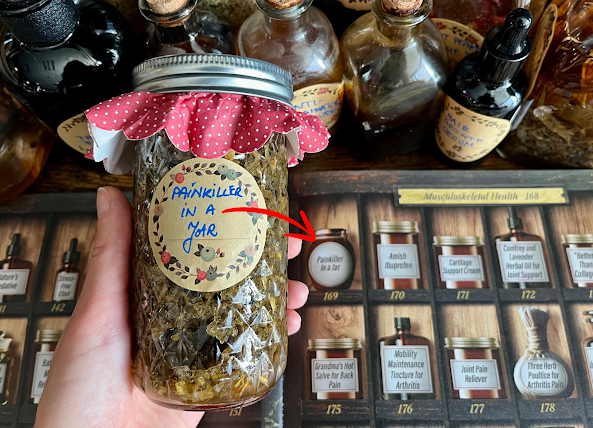
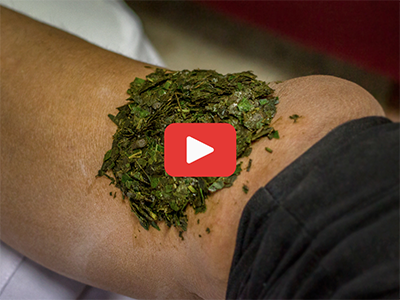
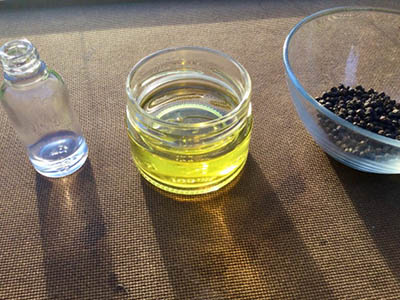 Ingredients
Ingredients